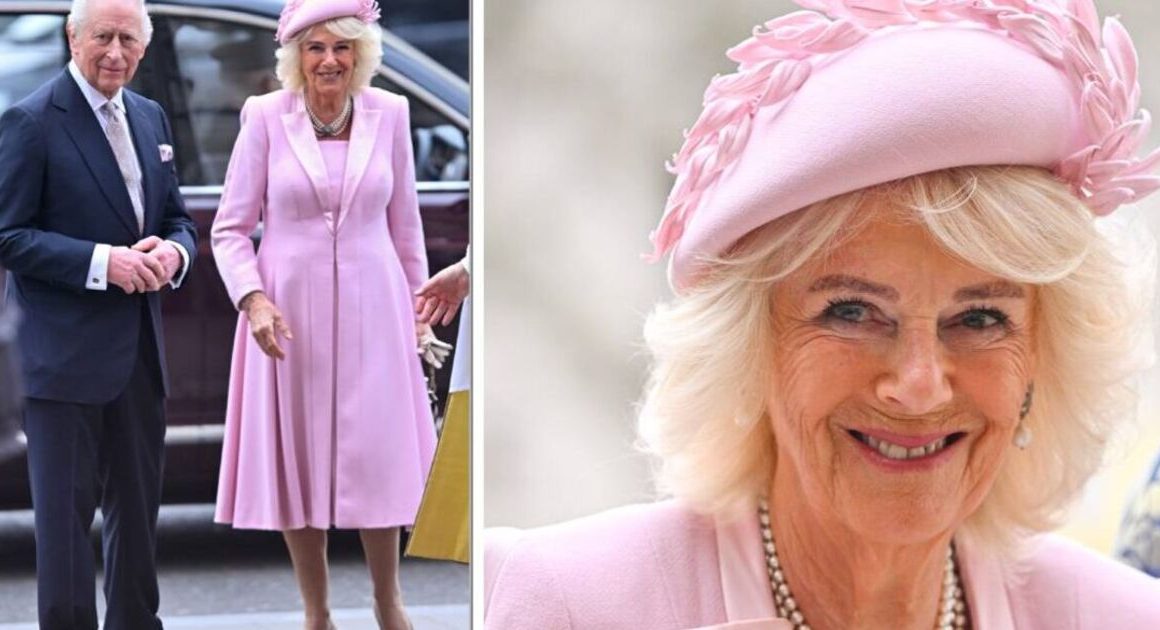Kissed by a rose. Giving a loved one flowers stems back to to the days of “floriography” – a Victorian custom where individual flowers provided different messages.
These days, gifting flowers is now a common tradition on Valentine’s Day to show someone how much you love them.So here are some of the best flowers to say,“I love you”. Single-stemmed roses have been given as a tradition on Valentine’s for years.
You’ll often find that a dozen red roses are an age-old symbol, a rose for each month of the year, as a promise of your love.
If you want to grow your own, now is the perfect time – bare-root and containerised roses are ideal for planting between autumn and early spring.
For limited garden space, miniature roses grow well in containers for patios. Plant them into highly nutritious soil to give them the best start. For another currently flowering feature, look no further than uplifting Galanthus (snowdrops). These would traditionallybe pressed in books to give as a tokenof affection.
They also symbolise friendship and hope, lovely to consider for close friends for Valentine’s too. Snowdrops can be planted (after flowering) between February and March, or just as bulbs between Octoberand November.
You may instead wish to gift indoor plants which can be enjoyed inside your home, particularly while temperatures are still cool. For long-lasting displays, orchids are particularly persistent. Some can flower for up to 12 weeks with the right care.
They are thought to symbolise love, beauty, and strength, and are quite fuss-free once you know how to care for them.
The main thing to remember is to keep their clear containers exposed to sunlight as the roots photosynthesise like leaves. Mist them regularly and position them in a bright room without direct sunlight.
There are some lovely plants not currently in flower which are worth considering growing in your garden for theirromantic symbolism. Myrtus communis (myrtle) is quite a significant one, having been associated with love as far back as the Greco-Roman times where it was thought sacred to Venus/Aphrodite.
Queen Victoria held the same belief, commanding every bride of the Royal Family should have myrtle planted at Osborne House for each wedding. Plant your own myrtle tree between March and April to enjoy blooms as early as July.
Focus On: Money Tree
Crassula ovata, known as the jade plant, and popularly called the money or ‘friendship’ plant is a wonderful, low-maintenance houseplant. These miniature, branching shrubs can grow up to a large pot plant eventually and are so easy to care for.
Several cultures believe they symbolise good fortune, prosperity, and wealth – hence the money plant. According to Feng Shui teachings, they are thought to represent good fortune because the leaves resemble coins.
They love bright and indirect sunlight, and to be watered sparingly only once the top inch of soil dries. During the summer, they may need slightly more regular watering, but they store plenty of water in their fat, glossy leaves so they can tolerate drought. If you’re lucky, they eventually produce star-shaped blooms in winter, and they’ll clean your air for you too by removing toxins.










